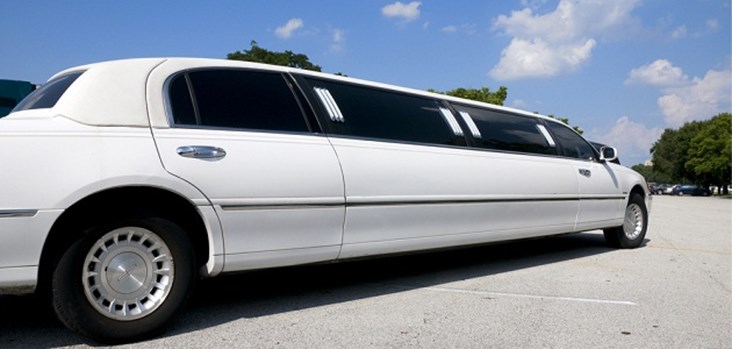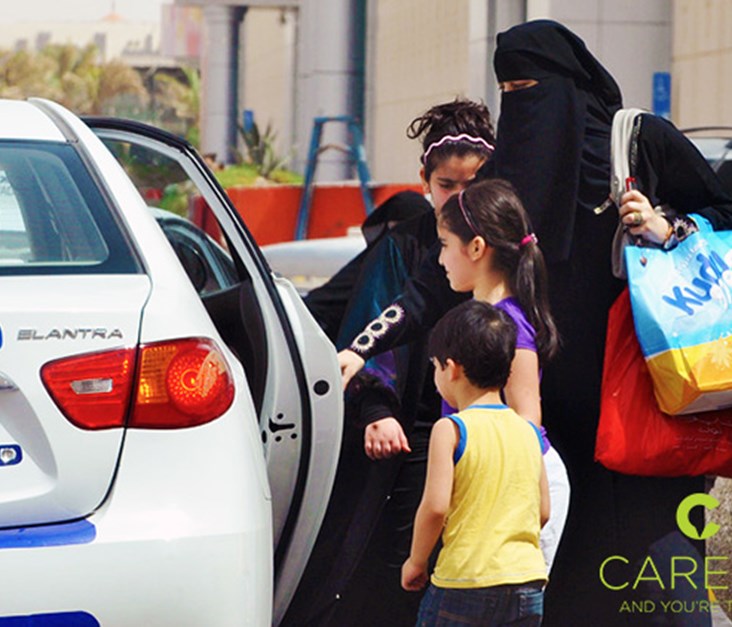
White Limousine Photo from Shutterstock
---
During ArabNet Riyadh, Jambu Palaniappan, Head of EMEA & India Expansion at Uber gave a talk about the key factors that allowed Uber to expand worldwide, including the Middle East .
The first factor was the skillset of the members of the launch team, "a group of people that help Uber expand its footprint by going into new markets and actually building the business in each area," explains Jambu.
Uber's expansion strategy is focused on organic growth built around tie-ins and partnerships, rather than paid advertising. This proved to be another key factor that helped it spread its geographic reach profitably. "This is what we do in every market: find somebody who is local represent the city that we're in to have the first ride."
Improved efficiency is another determinant of Uber's success. Uber does "a great deal of math and science" to increase the efficiency of its driver partners and their income. "One of the ways we do that is through a product that we call heatmaps," says Jambu.
As Uber's global presence grew, so did their service offerings. If Uber can get you a car, then they can get anything to you. And this is what they did on Valentine's day. They delivered roses to people around the world. "We showed people the opportunities that exist in this space of urban logistics."
Today, Uber is focused on establishing itself in big cities by being present in big events and festivals where transportation is a challenge, such as in the Cannes Film Festival, and by signing high-end partnerships, such as the one they did with Tesla, General Motors, and Toyota.
Uber plans to fit its business model in the Middle East, and its betting on two things: One, providing the best technology, best user experience, and the best reliability to riders in the region; and two, using sophisticated analytical tools to increase efficiency and profitability for drivers.
Check out the full talk of Jambu Palaniappan below:
Latest Business
Intelligence Report














